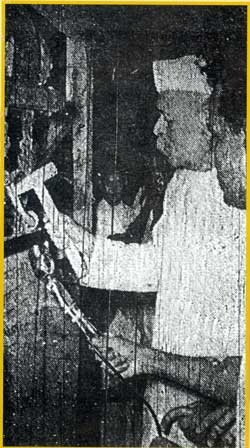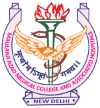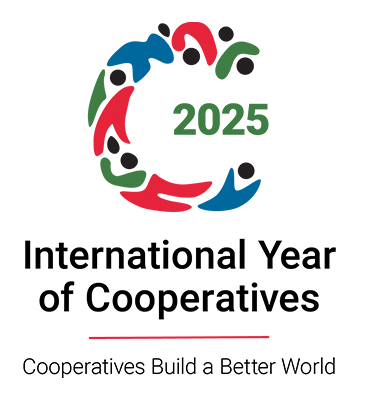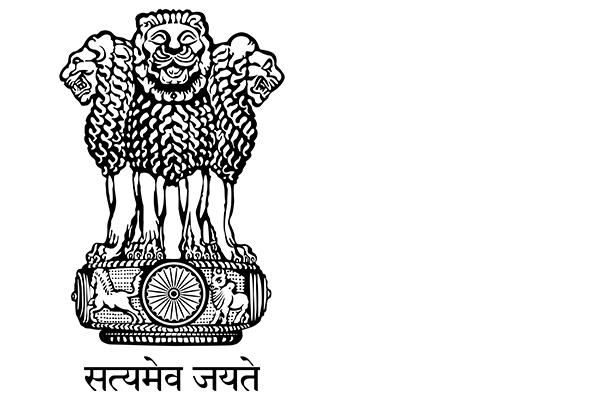
In the post independence India, Delhi had no medical college except Lady Hardinge for girls. The places in India where medical colleges already existed were Bombay, Calcutta, Madras and Amritsar etc. The necessity for a medical college in Delhi which had a population of two million at that time was always felt.
As late as 1936, Lt. Col. Cruickshank, IMS, first Medical Superintendent of Irwin Hospital thought of having a separate medical college for Delhi. The plan was submitted to formulated and build a medical college opposite to Irwin Hospital in close proximity with the present Ram Lila ground. Unfortunately the plan was dumped due to Second World War in 1939.
Reference ID Bajaj. Spandan 182-83, 2-4
The Irwin Hospital was the most honored place of medical treatment in Delhi from 1939 to 1947, was a period of great uncertainty for political India. There was heavy constrain of money on British Government due to world war and Indian Independence was already on cards hence no one thought of building a medical college in Delhi. From 1947 to 1955 there appear to be no records to suggest that some one thought of creating a new medical college.
Dr. P. Diesh mentioned the problem of lack of medical college in Delhi to Shri A. D. Pandit the Chief Commissioner who advised him to sound Late Mr. Govind Ballavh Pant who was the Home Minister. Dr. Diesh was incidently personal physician to Nehruji.
Reference My association with MAMC by P Deish Spandan 1982-83: 9-12
The similar void was also felt by others like Dr. P. C. Dhanda (Ex-Principal), Dr. S. K. Sen (First Honorary Faculty Surgeon). Dr. Dhanda recalled a meeting with Pandit Nehru, the PM to persuade him to start a medical college in Delhi. Nehru at that time was reluctant as financial resources were not favorable. At that time some of his colleagues blurted in a typical Delhi dialect.
“Panditji, even Karela has three medical colleges”. Panditji shouted back “Kerala, my dear chap, not Karela, Karela is a vegetable.”
To restore Panditji good humour, Dr. P. C. Dhanda cleverly diverted the topic and threw in a bait that if a medical college be sanctioned, it would be most befitting tribute to name it after his illustrious colleague Maulana Azad, who was very close to him.
Reference Remembering Maulana Abul Kalam Azad Dr. P. C. Dhanda Spandan.com
In the mean time Government of India also felt the need to improve health services including requirements of medical colleges and medical education. Government of India in the second five year plan which was passed on 2ndMay 1956, (Chapter 25 on healths) proposed various objectives to improve health status of country. There was a proposal to start 35 new medical colleges in India including one in Delhi.
The clause nine of second five year plan showed its concern about the grim scenario of medical education at that time.The clause ten related the expenses required whereas clause eleven was self explanatory. It showed the concern of MCI for the proposal regarding abolishing of honorary system in medical colleges.


 Maulana Azad Medical College
Maulana Azad Medical College 


